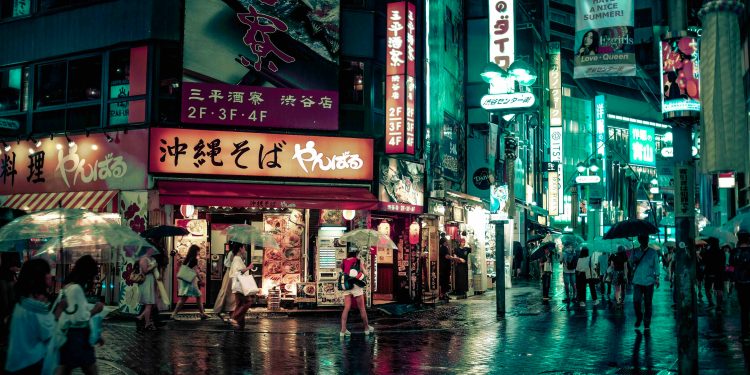Japan has established a powerful new government body to address growing national anxieties about the country’s record 3.8 million foreign residents, marking a pivotal shift in immigration policy just days before critical upper house elections.
Prime Minister Shigeru Ishiba framed the cross-ministerial agency as essential for maintaining social order amid rising complaints about foreign-related crimes, overtourism, and system abuses, though critics warn it signals a troubling return to Japan’s historically insular policies despite its aging crisis.
The controversial move comes as opinion polls reveal surging support for the nationalist Sanseito party and its “Japanese First” platform, potentially threatening the ruling Liberal Democratic Party’s majority in the July 20 vote.
Ishiba’s LDP faction had already proposed stricter measures in June including rigorous driver’s license conversions and real estate purchase limits for foreigners, responding to what he called “public unease about being cheated” by system abuses.

With foreign workers now comprising 2.8% of Japan’s workforce amid chronic labor shortages, the new agency must balance economic needs with political pressures as demographic tensions reach a boiling point.
Japan faces an impossible equation: the working-age population has shrunk by 13 million since 1995 while seniors now account for 29% of citizens, forcing relaxed visa rules that brought 340,000 new foreign workers last year alone.
Yet homogeneous communities report culture clashes, from Kyoto’s tourist overcrowding to high-profile crimes like the recent Osaka convenience store stabbing by a visa overstayer. The new “control tower” agency aims to centralize responses to these friction points across 12 ministries, though immigration lawyers warn its vague mandate could enable discrimination under the guise of “harmonious coexistence.”
As Germany and Canada aggressively recruit foreign talent, Japan’s approach still remains conflicted (foreign residents tripled since 2000 yet still represent just 3% of the population compared to 15-20% in most developed nations).
The new body’s success lies on reconciling two Japans: major corporations begging for more skilled labor, and rural towns where convenience stores now post multilingual signs reading “No overnight loitering.” With 68% of voters telling NHK polls they support stricter foreigner controls, Sunday’s election may very well determine whether Japan follows Europe’s integration models or develops its own insular solution to demographic decline.
Why It Matters
The unnamed agency begins operations with three immediate tests: preventing election-season xenophobia from spiraling into violence like 2019’s Kyoto Animation arson; streamlining work visa processes that currently take 6-9 months; and addressing the 80,000 visa overstayers fueling crime concerns.
Its long-term viability depends on proving it can reduce friction while maintaining Japan’s 1.34 million foreign worker pipeline – a delicate act as births hit yet another record low this year. One certainty emerges: after centuries of sakoku isolation, Japan’s great immigration experiment has reached its decisive chapter.












